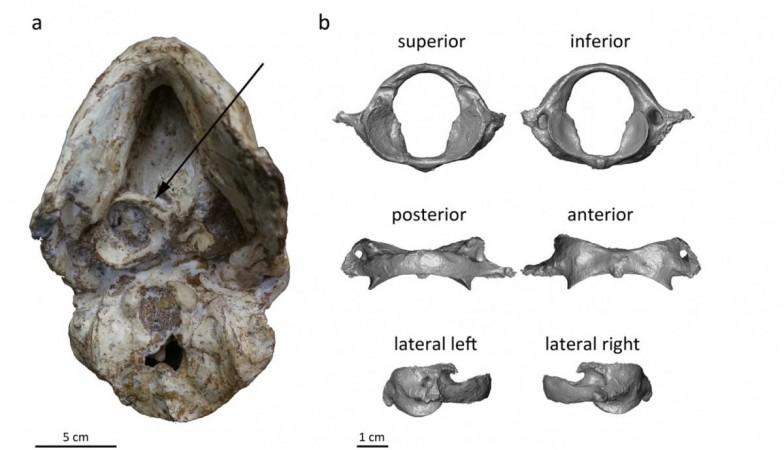A new study conducted by researchers on the skeleton of 'Little Foot', an ancient human ancestor, has revealed that they have slept in trees to protect themselves from giant predators like sabre-toothed cat. The research report also suggested that these ancient human ancestors were just four feet tall, and they were most probably vegetarians who munched on plants.
More details about Little Foot
Scientists who analyzed the skeleton of Little Foot revealed that these human ancestors had powerful hands and toes which helped them to climb trees with ease. interestingly, Little Foot was capable to perform different head movements when compared to modern humans as they were expert climbers who used to spent most of their lives in trees. However, humans have now lost this flexibility, as they do not need to bend heads in such a vigorous manner like Little Foot.

Interestingly, the glucose usage of Little Foot's brain is three times lower than the human brain, and it is pretty identical to the glucose usage of Chimpanzee brains.
"The low investment of energy into the brain of Australopithecus could be tentatively explained by a relatively small brain of the specimen, a low-quality diet low proportion of animal products or high costs of other aspects of the biology of Australopithecus such as upright walking. In any case, this might suggest that the human brain's vascular system emerged much later in our history," said Amélie Beaudet, a researcher at the University of the Witwatersrand in Johannesburg, South Africa, and the lead author of the study, Science Daily reports.
The real reason behind the extinction of Neanderthals
A few months back, a study conducted by experts at the University of Eindhoven had unveiled the real reason behind the extinction of Neanderthals. The research report suggested that interbreeding and internal dynamics of Neanderthal's already small population have played a crucial role in wiping off them from the surface of the blue planet.

















